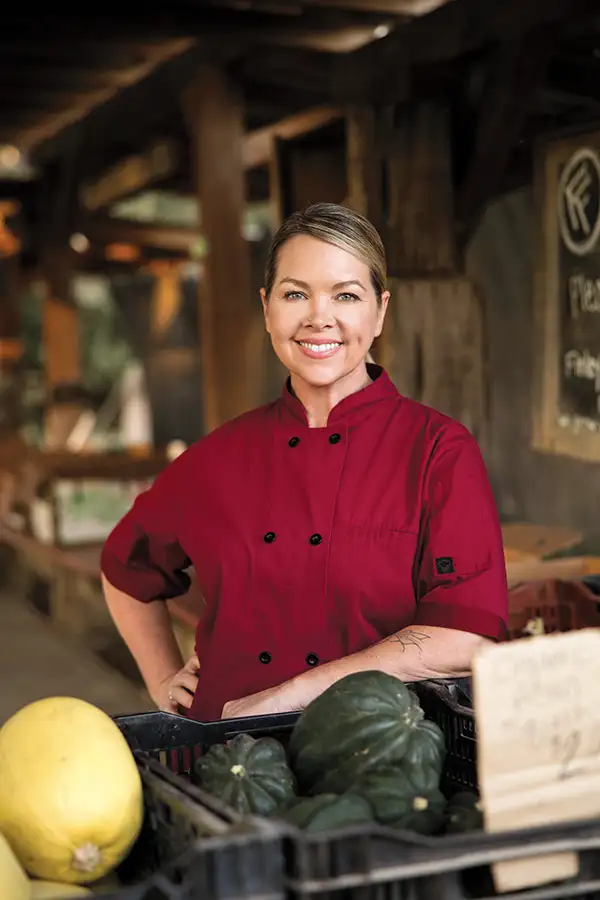Easy Steps to Better Homegrown Tomatoes

My favorite place in the summer garden is smack in the middle of the tomatoes—their crinkled, green leaves heavy with scent—where I can snack on sweet, bite-sized, sun-ripened cherries and pungent miniature yellow pears.
Nothing beats the fresh, intense flavor of a homegrown tomato, whatever its size. If you grow only one summer vegetable, please let it be an heirloom pink Brandywine, a perfect, plump Better Boy, an exotic Black Zebra or any other of the literally hundreds of tomato varieties available from garden centers, catalogs and the internet.
With summer upon us, your tomatoes are likely already in the ground. However, there’s a little-known second season in the offing. Come August and September, you can plant a round of cool-season varieties that should ripen by the holidays.
In the meantime, there are steps you can take to tease out the most intense, vine-ripened flavor from your current crop.
Care and Feeding
A number of years ago I attended a tomato taste-off at Burpee’s famed Fordhook Farm. What a disappointment. Instead of delectable delights, the slices ranged from mushy to watery to bland. The culprit? Summer rain. Tomatoes build intensity by going dry between waterings. Those poor plants didn’t have a chance.
But here on the South Coast, our dry, sun-drenched summers are perfect for wresting the most spectacular, concentrated flavors from our tomatoes. All it takes is control at the faucet. Right after planting, keep the soil damp. You may have to water daily until the lower leaves fill out and shade the soil. An inch-thick layer of loose mulch will help hold the moisture.
As the plants gain size, gradually lengthen the time between waterings. But still give the plants a good soak each time. Don’t splash water on the leaves: overhead spray can promote disease. Instead, use drip
irrigation or soaker hose, or shape furrows or basins beneath the plants.
When blossoms appear and the tiny tomatoes begin to swell, taper off watering even more. Avoid any abrupt changes. Inconsistent watering interferes with the plants’ ability to extract calcium in the soil, which can lead to blossom end rot. Not only ugly, the disease damages the fruit.
By the time your tomato plants are in full glory, let the top inch of soil dry out between waterings. Depending on the weather, I irrigate once a week to 10 days, and sometimes even less frequently. If my leaves look too healthy, I know I’m applying too much water. If they wilt, it’s not enough.
As for fertilizer: The best time to boost your tomatoes is at planting time, by tossing a slow-release, general-purpose fertilizer into the bottom of each hole. Go easy on nitrogen: It encourages lush, healthy-looking leaves at the expense of formation of fruit.
The only other chore is to ensure your plants get plenty of air circulation. Trim off the first few sets of bottom leaves now, and keep any errant branches off the ground. Regardless of the size of your plants, cages or stakes are the best way to keep them from flopping or sprawling, which can lead to the fruit rotting.
Cool-Season Tomatoes
These latecomers may not grow as big or produce as prolifically as traditional summertime tomatoes. But they’re your best bet for tomatoes late in the year, as they are able to set, carry and ripen their fruit during cooler weather.
Also unlike summer tomatoes, which are often indeterminate varieties that vine on and keep bearing until they’re nipped by frost or sheer exhaustion, most cool-season tomatoes are determinate, meaning they are bush-like and produce the bulk of their crop within a couple of weeks. Look for plants that mature in less than 70 days and hail from places like Siberia, Alaska and Czechoslovakia. Their names are often giveaways, such as Manitoba, Northern Delight, Oregon Spring, Scotia and Stupice. Most are heirloom varieties. They’re true to seed, with the offspring mimicking their parents.
Despite their comfort with cooler temperatures, cool-season tomatoes still need at least six hours a day of full sun. Containers are a good way to go as you can move them about, to chase the dwindling sunlight. Consider using black plastic 15-gallon pots. While not particularly attractive, the soil will dry out and heat up faster than in the ground, which will encourage growth and hasten ripening.
Slow-release fertilizers may not be effective during cold temperatures, so apply a liquid fertilizer every few weeks instead, still going easy on the nitrogen. Also, don’t expect your cool-season plants to look picture-perfect. The leaves and branches may appear ragged by December. But who cares, when you can harvest and enjoy your own vine-ripened, succulent tomatoes that late in the year?






